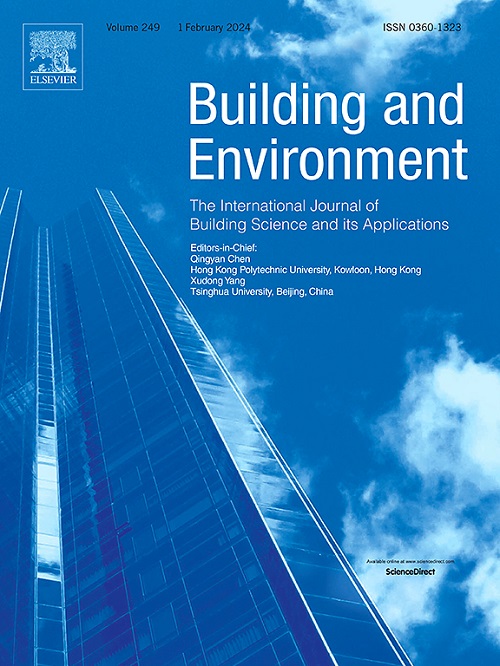Long-term impact of electrification and retrofits of the U.S residential building in diverse locations
IF 7.1
1区 工程技术
Q1 CONSTRUCTION & BUILDING TECHNOLOGY
引用次数: 0
Abstract
The U.S. buildings sector contributes 30% of operational carbon emissions, with residential buildings accounting for 56%. Reducing residential carbon emissions is crucial for achieving net-zero carbon goal. While many studies examine energy efficiency retrofit (EER) and electrification, few explore their long-term impacts across diverse climates and dynamic grid clean energy penetrations, as well as their economic effects on households. This study proposes a method to assess how EER and electrification affect long-term decarbonization and economics across different climates, focusing on carbon emissions, energy burden (the percentage of household income spent on energy), and payback period in four locations: Tampa, San Diego, Denver, and Great Falls. The study also introduces the concept of implicit energy burden by considering investment costs. Results show that while electrification can reduce long-term emissions with increased clean energy penetration, it may not always achieve decarbonization due to mismatches between clean energy availability and demand. In cooling-dominant locations, electrification lowers energy burden and peak demand, but in heating-dominant locations, it increases energy burden to 8.24%, raises peak demand by 632.78%, and shifts it from summer to winter. After integrating investment costs, the implicit energy burden can reach 8.35% in cold climates. For already highly electrified buildings in Denver and Great Falls, the payback period of EER measures can be shortened by up to 48.98%. The study highlights a tradeoff between decarbonization and energy burden alleviation, showing that while EER measures can reduce the energy burden, they only achieve one-quarter of the carbon emission reduction of electrification.
求助全文
约1分钟内获得全文
求助全文
来源期刊

Building and Environment
工程技术-工程:环境
CiteScore
12.50
自引率
23.00%
发文量
1130
审稿时长
27 days
期刊介绍:
Building and Environment, an international journal, is dedicated to publishing original research papers, comprehensive review articles, editorials, and short communications in the fields of building science, urban physics, and human interaction with the indoor and outdoor built environment. The journal emphasizes innovative technologies and knowledge verified through measurement and analysis. It covers environmental performance across various spatial scales, from cities and communities to buildings and systems, fostering collaborative, multi-disciplinary research with broader significance.
 求助内容:
求助内容: 应助结果提醒方式:
应助结果提醒方式:


